crwdns2915892:0crwdne2915892:0
Follow this guide to replace the display assembly on your Samsung Galaxy Note9.
crwdns2942213:0crwdne2942213:0
-
-
Press in the bottom of the S-Pen until it clicks.
-
Release the S-Pen and it will self-eject.
-
Remove the S-Pen.
-
-
-
Insert a SIM card eject tool straight into the hole in the SIM card tray.
-
Press to eject the SIM card tray.
-
-
-
Remove the SIM card tray.
-
-
-
Power off your phone before beginning disassembly.
-
Use a hairdryer, a heatgun, or prepare an iOpener and apply it to the right edge of the back of the phone for about a minute to soften the adhesive underneath.
If using an iOpener it will need to be fully heated and set on for at least 5 minutes. You’ll know the phone is hot enough when its almost too hot to touch.
Just came here to say exactly that. The instructions should be amended to state that: "Get it fully hot and leave it there for at least three minutes solid."
-
-
-
Apply a suction handle to the back cover.
-
Lift with a suction handle to create a gap between the back cover and the frame of the phone.
-
Insert an opening pick into the gap.
It takes so much heat that it is concerning that damage might be caused to the internal parts. It is difficult to heat the glue, pull the case apart and insert the pick at same time. May need some more pointers to handle these situations first, to prevent possible damage. Also what about the glue that is heated and then cooled before opening? Does it run inside and cause greater adhesion after it cools? Another thing, the handling may cause the phone to turn back on while working to separate. Don't know that that is of concern.
Angle the pick up very slightly so the point goes up into the curve of the glass, not down towards the workings of the phone
-
-
-
Note that there is more adhesive along the top edge and around the camera bezel than around the rest of the phone.
-
Cut carefully around the left edge near the fingerprint sensor or you risk damaging the ribbon cable inside.
It's extremely easy to crack the back glass when nearing and rounding the corners. It's probably a good idea to soften the adhesive with heat as you go.
Step 5 is NOT "cut through the adhesive", that's steps 5-10. Step 5 is "Begin the careful process of cutting through the adhesive, starting at the right side where you already softened it. Proceed carefully, slowly, and warmly through the following steps."
These comments are spot-on. I never break a phone, and I cracked the back glass following the instructions without seeing these comments first. Heat the back much more than you think you need and go super, super slow.
The bottom inner adhesive layer reaches higher than what you see in the diagram above, so you will have to insert the pick deeper at the bottom and the sides along the bottom to separate the inner adhesive area. Just don't force the corners of the covers upward too much to keep from cracking the glass.
-
-
-
Starting from the center, cut the adhesive up and down the right side with an opening pick.
-
-
-
Leave an opening pick in the upper-right corner.
-
Use another opening pick to cut the adhesive around the bottom-right corner.
-
Leave that opening pick in the phone.
There seems to be a lot of glue at the bottom, I broke the glass as I was cutting past the charging port - not sure if it was already fractured or just not enough heat (I used Sellotape so it didn't break up into pieces!)
I think LOTS of heat & patience is the key!
Be very careful around the corners and bottom (probably top too, but I didn't have a problem there). Make sure you've cut in far enough down the side first (go in about 1cm) but less round the corners and work in slowly.
-
-
-
Use a heat gun or hair dryer or apply a heated iOpener to the left side of the rear panel for at three minutes to soften the adhesive underneath.
If using an iOpener it will need to be fully heated and set on for at least 5 minutes. You’ll know the phone is hot enough when its almost too hot to touch.
-
-
-
Insert an opening pick into the lower-left corner of the rear panel.
-
Using another opening pick, cut the adhesive along the left edge of the rear panel.
Aside from the left edge where the fingerprint sensor cable is, you may have to insert the pick up to 2cm on the sides and top, and a little further along the bottom, and swipe sideways to separate the inner adhesive areas. If one side doesn't separate fully, just apply heat, insert the pick deeper into the phone, and swipe sideways until the back cover detaches. There isn't a need to apply much vertical force, especially on the corners, since the cover will just pop up once all the adhesive has been sliced by the pick.
-
-
-
Using the inserted opening pick, carefully cut the adhesive around the upper-left corner of the rear panel.
-
Finally, cut the last of the adhesive along the top of the phone.
Be VERY patient as you slide the opening picks around the periphery of the glass, and use heat very liberally. Make sure the smooth, clear aspect of the iOpener is against the glass, not the rough black portion.
-
-
-
Separate the right side of the rear cover first.
-
Tilt the cover up along the left edge to expose the fingerprint sensor ribbon cable.
Thought I'd done something wrong here as there wasn't a cable attached to the back - the fingerprint reader hadn't come away with the back, but had stayed with the phone.
Exactly the same experience. Made life a little easier.
Happened to me as well.
-
-
-
Use the tip of a spudger to pry the fingerprint sensor ribbon cable up and out of its socket.
On my phone the fingerprint sensor did not come off with the back cover but stayed on the phone!
-
-
crwdns2935267:0crwdne2935267:0Tweezers$4.99
-
Remove the back cover.
-
Use tweezers to peel away any remaining adhesive from the phone's chassis. Then clean the adhesion areas with high concentration isopropyl alcohol (at least 90%) and a lint-free cloth to prep the surface for the new adhesive. You don't have to clear out adhesive down to the plastic but larger pieces should be removed.
-
Turn on your phone and test your repair before installing new adhesive and resealing the phone.
-
Carefully apply the new adhesive to the back cover, then line up one edge of the glass against the phone chassis and firmly press the glass into the phone.
I am installing a new backplate (this is my first repair; I was CERTAIN that I would crack the back glass, and I was NOT wrong) but I’m not sure how tweezers are meant to remove gooey adhesive! I simply used the blue plastic pry tool as a scraper and gently rolled up the goo. Maybe the glue is different because I have a refurbished phone? That may also explain why I had so much trouble with Step 1. Hope that this helps!
Use tweezers remove any inner adhesive strips that may have started peeling off when the back cover is removed, or adhesive clumps. If an adhesive starts to peel off, use tweezers to pull the strip off completely, and then replace only that removed adhesive strip. Actually, the iFixIt inner adhesive strips don't seem to have the white non-stick areas that are on the original adhesive strips. Thus, it seems ok to keep the original inner adhesive strips if still attached to the phone.
The outer adhesive border is like a good, not a strip, and should be replaced. Using isopropyl alcohol to rub off only the edge adhesive on the phone and back cover works well.
After adding a new outer adhesive and reattaching the back cover, you have one try to align and replace the cover. The cover might not attach flush onto the phone with no side gaps, due to the outer adhesive strip placement. It is probably sufficient if the outer adhesive seals all the way around the back cover border.
While testing the phone after battery replacement, but before reattaching the back cover, if a thermal warning (triangular thermometer icon) appears during charging that prevents charging over 50%, remove the charging cable and use a lightly warmed iOpener or heat gun on the battery to warm it slightly. Once the battery is warmed up a little, reattach the charging cable, and the error should go away. Battery charging can be resumed. This assumes no hardware was damaged during battery replacement.
-
-
-
crwdns2931653:015crwdne2931653:0 Remove the upper midframe
crwdns2944590:015crwdnd2944590:018crwdnd2944590:0crwdnd2944590:0crwdne2944590:0
-
Use a Phillips screwdriver to remove the nine 4 mm screws securing the upper midframe.
There are two more screws on the bottom right corner of the little side frame that the Qi plate is glued to. I took those out as it put less stress on it.
It helps to hold the fine tweezers with your non-dominant hand to support the screw heads and ensure they come straight out; you can also gently lift as you unscrew.
-
-
-
Insert the tip of a spudger into the upper-left corner of the upper midframe.
-
Pry the upper midframe out of the phone.
-
-
-
Peel the wireless charging coil off the battery starting with the left side.
Be careful not to tear it as it comes off - especially the side bits that stick out a bit
You can actually leave the right side of the coil attached to the phone so that it is easier to align and reattach afterward.
-
-
-
Use the tip of a spudger to disconnect the orange ribbon cable connecting the battery to the motherboard.
-
-
-
Remove the nine 4 mm Phillips screws from the plastic cover next to the battery.
-
-
-
Remove the plastic cover next to the battery.
-
-
-
Insert the tip of a spudger into the top of the lower midframe.
-
Pry the lower midframe out from the phone.
-
Remove the lower midframe.
-
-
crwdns2935267:0crwdne2935267:0Tweezers$4.99
-
Use the tip of a spudger to pry the front camera connector straight up and out of its socket.
-
Use tweezers to remove the front camera.
-
-
-
Use the tip of a spudger to disconnect the iris scanner from the motherboard.
-
Use tweezers to remove the iris scanner.
-
-
-
Use the flat end of a spudger to pry the front sensor connector out of its socket.
-
-
-
Use the flat end of a spudger to disconnect the display cable from the motherboard.
-
-
-
Use the flat end of a spudger to disconnect the touchscreen cable from the motherboard.
-
-
-
Use the flat end of a spudger to disconnect the charging assembly from the motherboard.
These screws are supposed to be 3.2 mm because when I took out these screws, they were shorter than the ones you take out first
-
-
-
Remove the three 4 mm Phillips screws securing the motherboard.
-
-
-
Use a spudger to gently lift the motherbord from the upper-left corner.
-
Carefully remove the motherboard.
-
-
-
Remove the 3.2 mm Phillips screw from the headphone jack.
-
-
-
Insert the tip of a spudger into the notch next to the headphone jack contact points.
-
Pry the contact board straight up to free it from the adhesive underneath.
Can still use the heat gun for contact board but keep heat moving around, don't hover directly on top.
-
-
crwdns2935267:0crwdne2935267:0Tweezers$4.99
-
Use a pair of tweezers to remove the headphone jack assembly.
Note: If replacing screen with frame, transfer the headphone jack assembly to new frame at this time.
-
-
-
Remove the two 3.2 mm Phillips screws from the charging assembly.
Please add a step that mentions the round item labeled “D40”. It, similarly to the headphone jack, is tediously removed by adding some isopropyl alcohol to the groove above/under it and then sliding a spudger or tweezers into the same groove. Slowly wiggle it with your prod while the isopropyl alcohol does its job.
This is necessary If your new display assembly does not include the vibration motor (labeled D40). The pointed end of a spudger may not be small enough to get leverage under it, so use angled tweezers if you have to.
-
-
-
Use a spudger to lift the microphone out from its housing.
-
-
-
Use an opening pick to separate the charging assembly from the phone.
-
-
crwdns2935267:0crwdne2935267:0Tweezers$4.99
-
Use a pair of tweezers to remove the charging assembly.
As noted above in Step 32, transfer the charging assembly to new screen with frame at this time. Also make sure the microphone sits flush in the housing.
-
-
-
Apply a few drops of 90% isopropyl alcohol into the battery well along the bottom and upper-left corner of the battery.
-
Wait a couple of minutes for the alcohol to soften the adhesive under the battery.
-
Hold the phone at various angles to help the alcohol flow under the battery.
-
-
-
Apply a suction cup to the battery.
-
Lift the battery straight up until there is a gap large enough to insert the opening pick.
-
Insert an opening pick underneath the bottom edge of the battery and twist to loosen the battery adhesive.
-
Remove the battery.
-
-
-
Use a pair of tweezers to peel back the adhesive-backed copper foil.
-
Stop peeling once you reach the sensor array.
Definitely need patience when removing foil, don't rush this step.
-
-
-
Use a spudger to lift the left side of the front sensor array and separate the adhesive the rest of the way.
-
-
-
Carefully slide an opening pick under the front sensor array ribbon cable to cut the adhesive underneath.
-
-
-
Use a pair of tweezers to remove the front sensor array.
Buen día, excelente tutorial...sigan con ese mismo interes...Bendiciones para todo el grupo.
Desde Santa Cruz, Bolivia.
What about the earpiece and the vibration motor?
-
To reassemble your device, follow the above steps in reverse order.
Take your e-waste to an R2 or e-Stewards certified recycler.
Repair didn’t go as planned? Check out our Answers community for troubleshooting help.
Compare your new replacement part to the original part—you may need to transfer remaining components or remove adhesive backings from the new part before installing.
To reassemble your device, follow the above steps in reverse order.
Take your e-waste to an R2 or e-Stewards certified recycler.
Repair didn’t go as planned? Check out our Answers community for troubleshooting help.
Compare your new replacement part to the original part—you may need to transfer remaining components or remove adhesive backings from the new part before installing.
crwdns2935221:0crwdne2935221:0
crwdns2935229:052crwdne2935229:0
crwdns2947412:020crwdne2947412:0
Make sure you transfer over the vibration motor if the new frame does not have it… didn’t realize my replacement didn’t have it until I put the glass back on :/
Thank you for pointing this out! I almost missed it! I wish this guide showed how to put it back together instead of just saying “okay now do it again but backwards.” Anyway, I appreciate this comment right here haha.
Is it just me or is this guide not complete?
The guide assumes that you have a new display unit containing all the parts that are left after the last step (display, front glass, screen, cooling system, vibration motor and so on.)
Since replacement parts vary from seller to seller, you’ll have to compare yours to the original and transfer any remaining components. This guide was written for the display assembly that we were selling at the time.
When transferring other components such as the vibration motor just be sure to use the same methods as with similar components. Work slowly, always use heat or ≥90% isopropyl alcohol to soften adhesives, and search the internet for more information as necessary.
But what about the actual replacement of the display screen? The instructions stops at removing the front sensor array
Because it is an OLED screen the entire assembly has to be replaced. If the guide is followed and the part was purchased from iFixit, once the front sensor array is removed you can begin working backwards transferring all components into the new display assembly. Unfortunately replacing the screen from the front is not possible. If you purchase the part from somewhere other than iFixit you may need to transfer additional components.
The guide does not explain how to glue the front and back together once everything is put back together.
Do I have to buy a specific glue or does the new part have pre-applied glue and do I need heat to activate?
Thanks
The new part most likely won’t have pre-installed adhesive. This generic perimeter adhesive guide for Samsung Galaxy phones will help!
Any suggestions on getting the suction cup to stick to the battery? I cant seem to get mine to hold.
I just flooded the battery space with rubbing alcohol and let it sit for a minute. Then the battery more or less lifted out. If you still think you need it a smaller suction cup or even dental floss to run under the battery may help.
It was very informative and clear. Thank You.
Hello! I would ask, but the display is the same for version 128 or 512gb, right?
I have never had a digitizer not power on. Is it just a bad digitizer or what? I also brought a new battery.
No idea since they won't [and seemingly will never] include reassembly instructions. Thanks for supporting right to repair, but only halfway!
The gasket and adhesive kit came with a great set of components. However it's not clear when and where they are put. Would be nice if iFixit had notes about these for reassembly.
For real because thats literally the ENTIRE POINT. "Now just do it backwards," are TERRIBLE instructions for neurodivergent people like me. Thanks a lot..
Job well done. I take my hat off to the author 🙂👍
Why are there no instructions for how to reassemble the parts to the new Digitizer Screen Assembly?? Thats like, the main part. "Do it all backwards now" is NOT a good instruction. I am baffled by how incomplete this is, given how much good ive heard about Ifixit for years. And this phone and the parts have been out for over half a decade. I am IMMENSELY disappointed in Ifixit right now. This is completely inadequate for a "complete step by step guide." Its not complete, and its only half the steps. Ive always been told "Ifixit will walk you through the whole repair process, step by step!" about pretty much every ifixit guide by multiple friends, multiple news outlets and YouTube channels, including LTT, and yet... you have this. "Okay you removed everything now just do it in reverse." Thanks, my adhd brain is totally not gonna mix things up going backwards and screw something up. Jfc. Please, please, PLEASE actually include FULL instructions in future guides. This sucks for neurodivergent people. A lot.
Because honestly, this just feels incredibly lazy and callous. I get that its a guide for an older phone, but you've had 6 years to fix this. My disappointment can not be adequately quantified with words. I can't just "do it in reverse" with no instructions on how to do that. So I'm stuck with my broken screen because once I take it apart, I won't really know how to reassemble it. And I know that I WILL permanently mess something up without a PROPER guide. I'm not trying to be rude, but this lack of both foresight and hindsight, THAT feels rude. Incredibly rude. Not all of us can just reverse instructions like that, and its both incredibly lazy and insulting that yall would just put "do it in reverse" at the end, and dare to think that is sufficient for everybody. Why would you do that? I genuinely do not understand. My ADHD and Asperger's will not work with "just do it in reverse." Please, do better. P l e a s e






















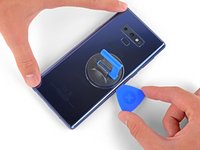
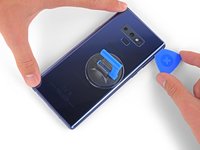
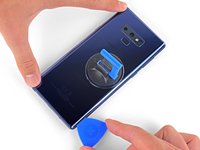



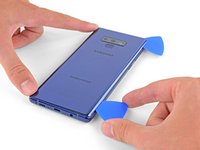
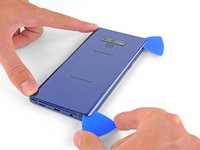





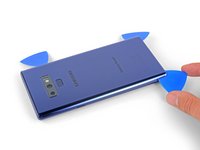
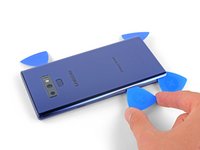
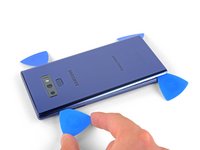



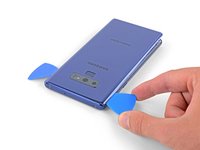
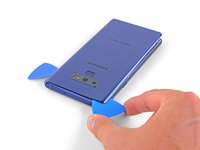
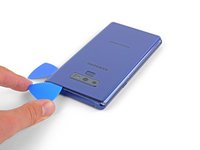


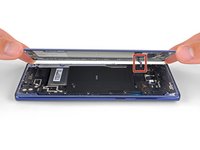
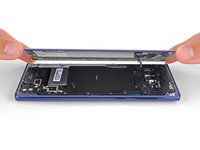



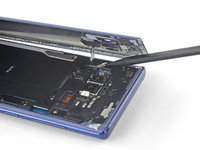




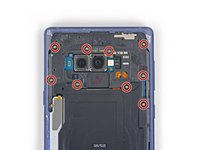
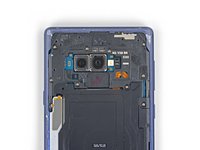


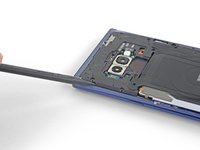
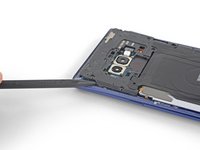



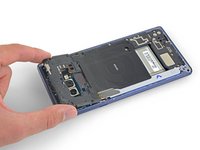
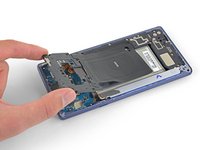
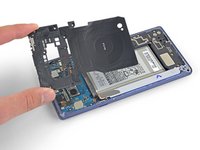


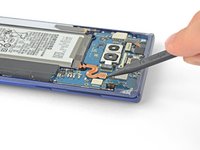


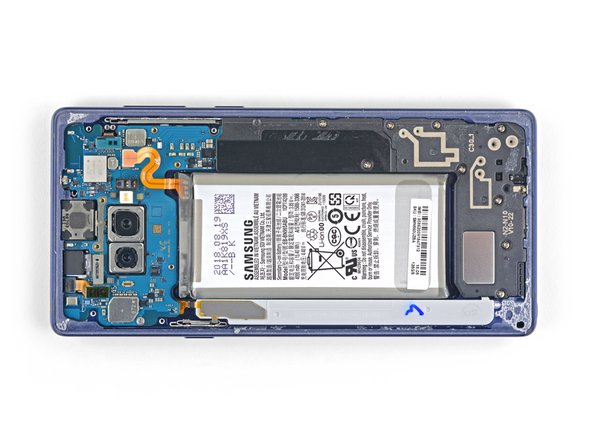

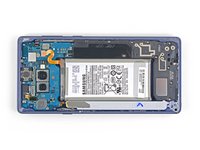





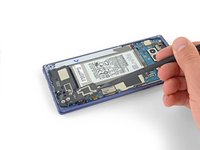
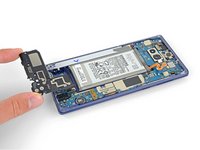



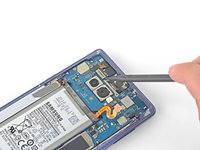
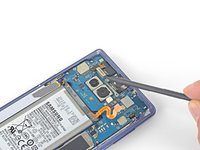




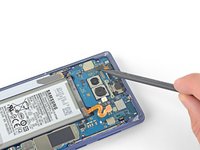
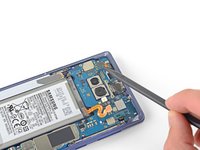



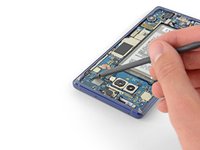
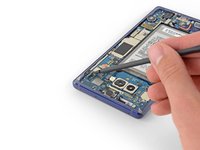


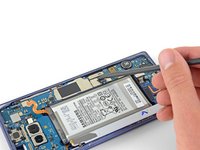



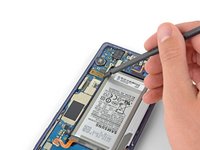
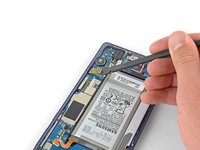


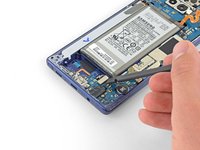
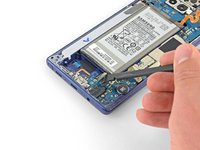


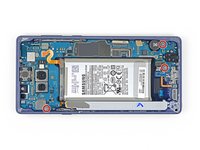
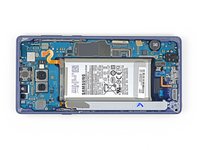



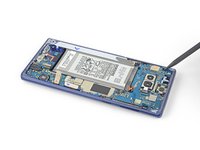

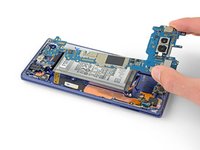


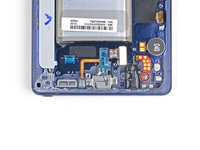




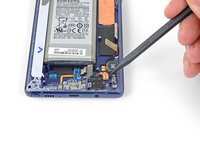


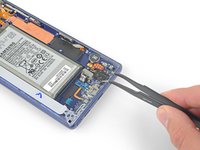
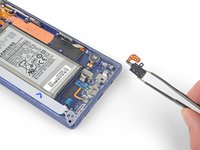





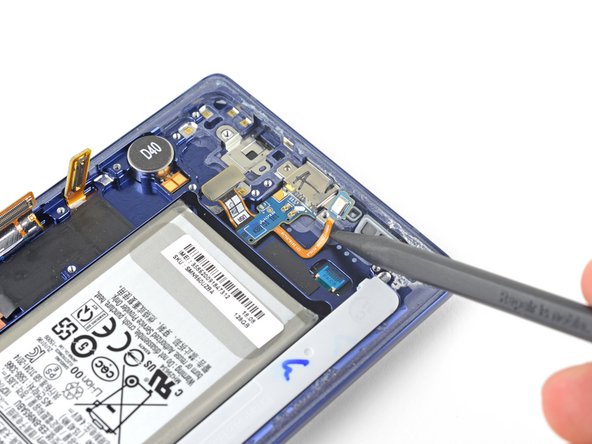
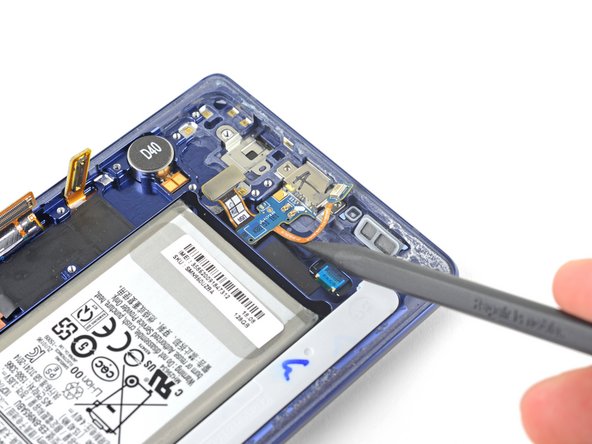




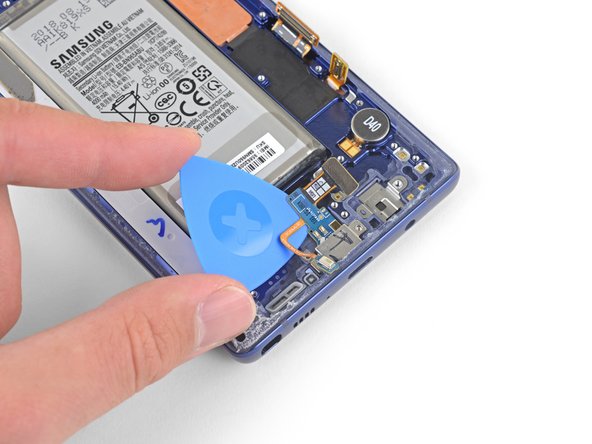
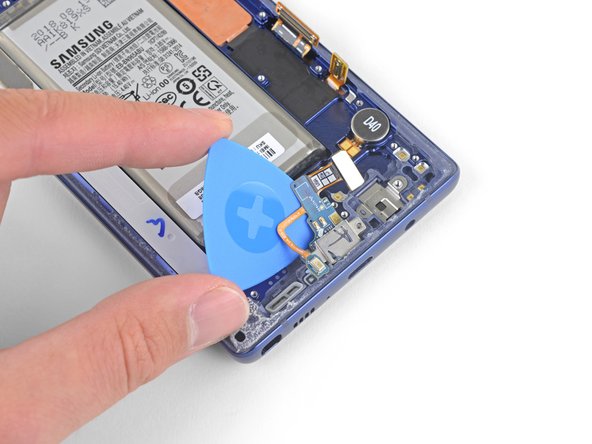




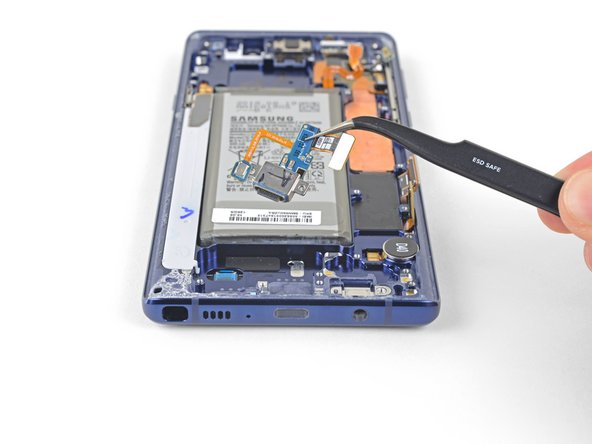



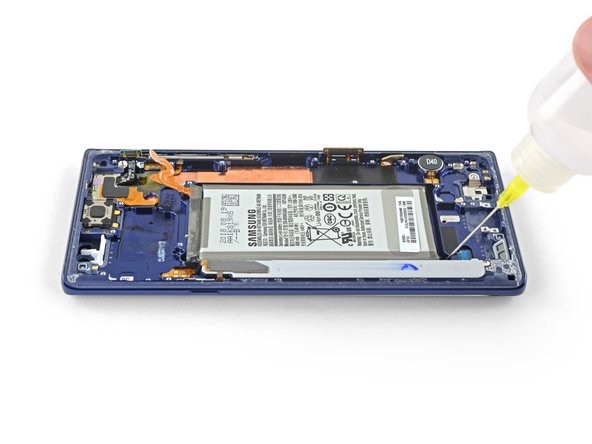
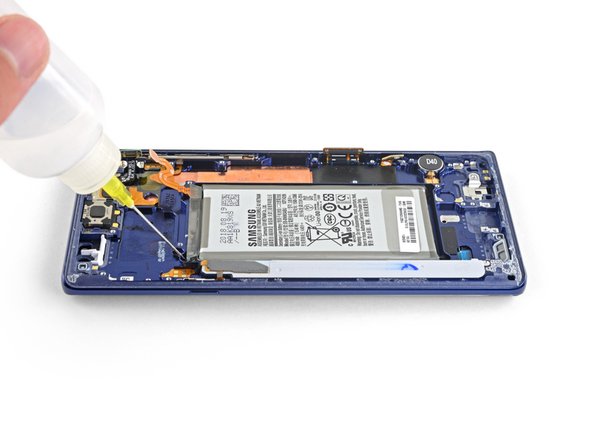




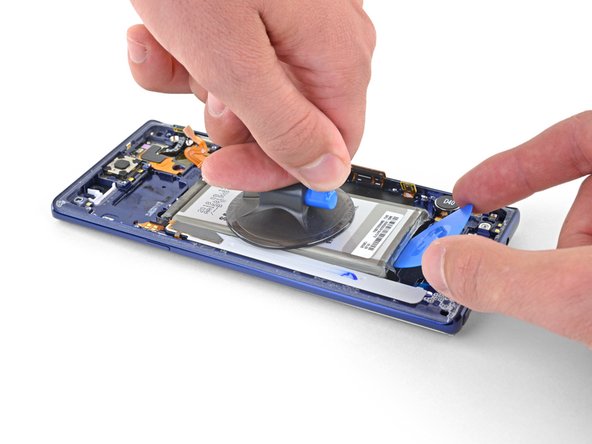
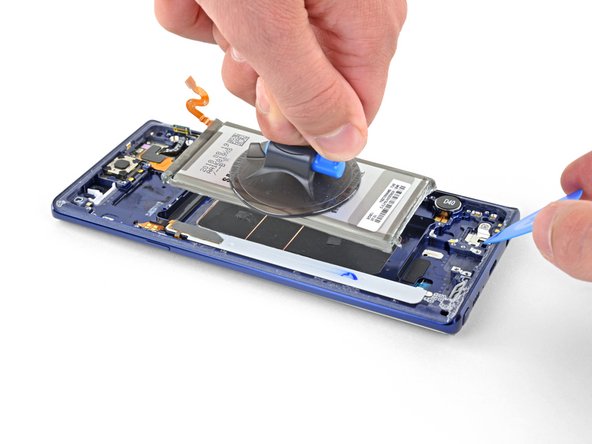




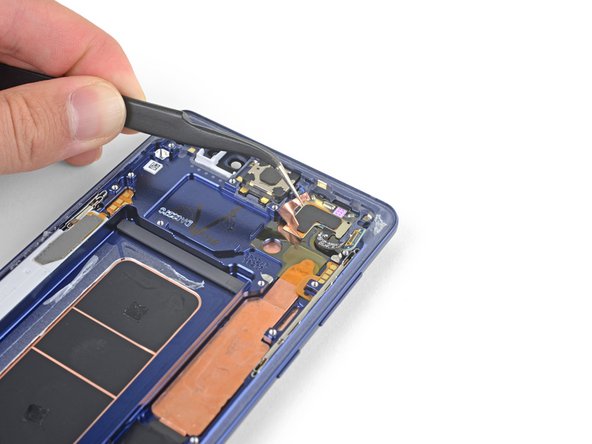















شكرا كانت المعلومه مفيده
Abu Abed - crwdns2934203:0crwdne2934203:0